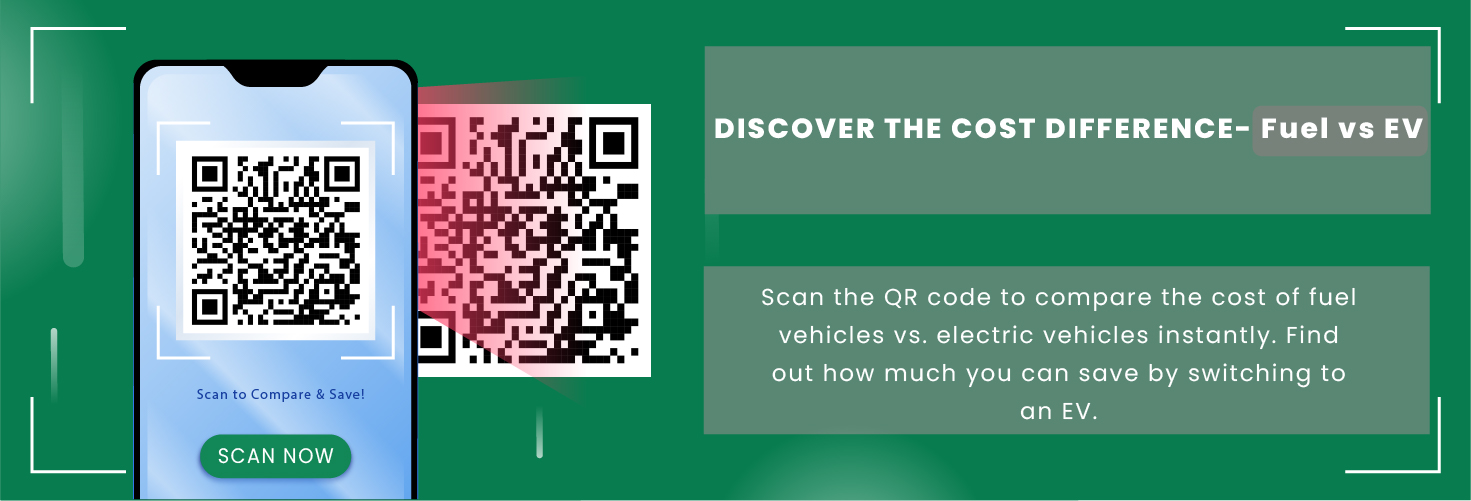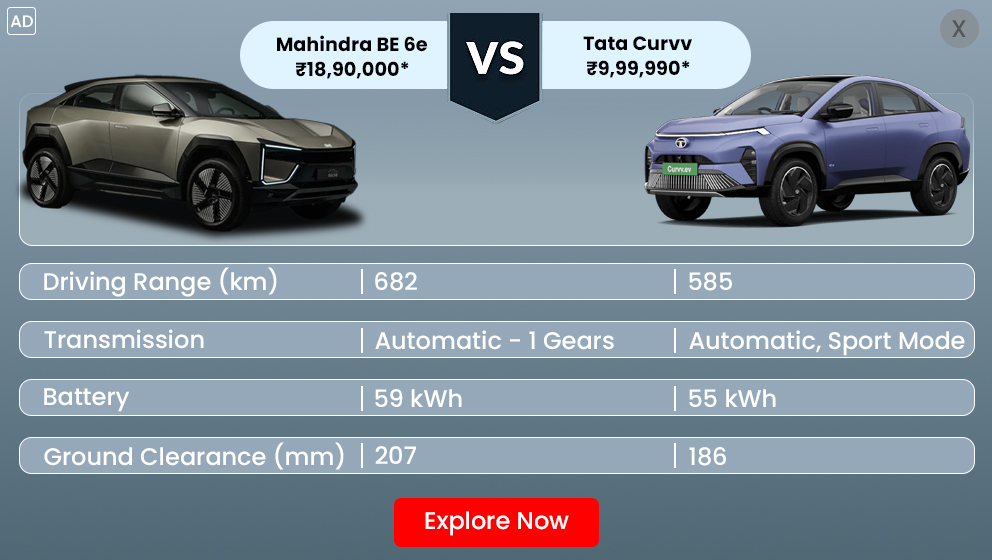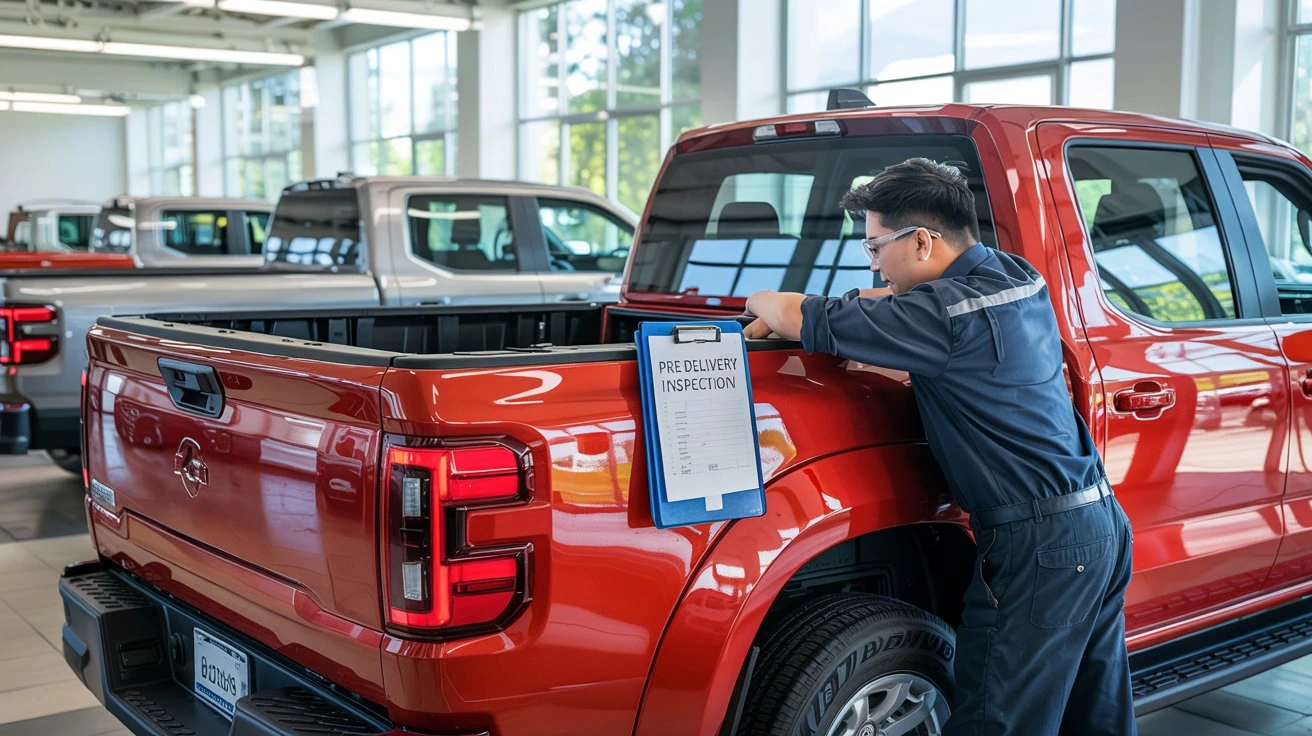Taking delivery of a brand-new car is a big milestone. But before the celebrations begin, there's one crucial step that every buyer should take seriously — the Pre-Delivery Inspection (PDI). This process ensures that the vehicle is in pristine condition and free from defects before it officially becomes yours.
In this blog, we’ll walk you through the importance of PDI, a detailed car PDI checklist, and everything you need to know to confidently inspect your new vehicle before driving it home.
What is Pre-Delivery Inspection (PDI)?
Pre-Delivery Inspection refers to a thorough check carried out by the dealership (and ideally by the buyer) before handing over the vehicle. It includes visual and mechanical checks to identify any issues, damage, or manufacturing defects before final delivery.
The PDI process covers:
- Exterior and interior condition
- Mechanical and electrical systems
- Tyres, fluids, and battery
- Documentation and accessories
The goal is to catch any problems early — before registration — so they can be addressed immediately.
Why is a PDI Important?
Even though it’s a new vehicle, several issues can arise during transit from the manufacturing plant to the dealership. Transport damage, long idle periods, rough handling, or even storage exposure can lead to:
- Minor dents or scratches
- Battery discharge
- Tyre deformation
- Fluid leaks or dust accumulation
By doing a proper PDI, you can avoid future inconvenience, repair delays, or warranty disputes. Once you take delivery and register the car, it's harder to claim or request replacements.
PDI Checklist: What to Inspect
Below is a detailed checklist to guide your Pre-Delivery Inspection.
1. Exterior Inspection
- Check for scratches, dents, or paint mismatches on the body panels, doors, bonnet, and bumpers.
- Confirm proper alignment of panels and smooth operation of all doors and the boot.
- Examine the windshield and all windows for cracks, chips, or scratches.
- Test all lights — headlights, brake lights, indicators, and fog lamps — for proper function.
- Inspect under the body for any oil or coolant leaks.
2. Interior Inspection
- Check dashboard, seats, door panels, and carpets for any stains, damage, or build quality issues.
- Ensure that seat adjustments, recliners, and seat belts work smoothly.
- Verify that the glove box, sun visors, and center console open and close properly.
- Confirm all power windows, central locking, and steering wheel movement are functioning.
- Lift floor mats and carpets to check for moisture or water damage.
- The odometer reading should generally be under 100 km.
Also Read: Different Types of Vehicle Number Plates in India: A Complete Guide
3. Tyres & Wheels
- Ensure all tyres, including the spare, are new and have deep treads.
- Check for cracks or uneven wear and confirm tyre inflation pressure.
- All four tyres should be of the same brand and size as specified in the brochure.
- Inspect wheel caps or alloys for scratches or misalignment.
4. Electrical Components
- Start the engine and test the air conditioning for cooling performance and unusual odors.
- Test headlights, taillights, indicators, cabin lights, and fog lights.
- Ensure the infotainment system, speakers, touchscreen, USB ports, and Bluetooth are functioning.
- Check the horn, wipers, power mirrors, and rear defogger.
- Examine the battery terminals for signs of rust or loose connections.
- Request the battery warranty card from the dealership.
5. Engine Bay & Fluids
- Inspect engine oil level using the dipstick; it should be clean and at the right level.
- Coolant level should fall between the min and max marks in the reservoir.
- Check brake fluid and power steering fluid (if applicable).
- Windscreen washer fluid should be adequately filled.
- Look out for any leaks, loose connections, or corrosion.
6. Suspension, Brakes & Transmission
- Ensure suspension components (shocks and struts) are damage-free.
- Check brake pads and discs for wear or rust, and test brake performance.
- Transmission should shift smoothly with no jerks or noises.
- Confirm the handbrake works without any slack.
7. Duplicate Key Check
- Test the spare key to lock/unlock doors and start the engine.
- Ensure both keys function identically.
8. Test Drive
If the dealership allows, take a short test drive to verify performance:
- Acceleration and braking should feel smooth with no jerks or noises.
- The car should maintain a straight line if you briefly take hands off the wheel.
- Listen for rattles or strange sounds from the suspension.
- Test clutch feel, gear shifting, and responsiveness.
- Confirm handbrake holds on inclines.
Tip: Always request a dealership representative to accompany you during this step.
9. Final Documentation Checklist
Before signing anything, ensure you receive the following:
- Invoice and payment receipt
- Insurance copy (with correct details)
- Registration documents or application
- Warranty booklet and service manual
- PUC certificate (if applicable)
- All promised accessories
- Duplicate key
Final Thoughts
A Pre-Delivery Inspection (PDI) is not just a formality — it's your final assurance that your new car is perfect before it hits the road. Taking 30–45 minutes to carefully inspect the vehicle can save you from unexpected repairs, disputes, or frustrations later on.
So, be patient, bring your checklist, and don’t rush the process. A thorough PDI ensures your ownership journey starts on the right note.
Also Read: 3-Cylinder vs 4-Cylinder Engine: Which One Should You Choose?







 (1)_1765788729.webp)

_1765778613.webp)
